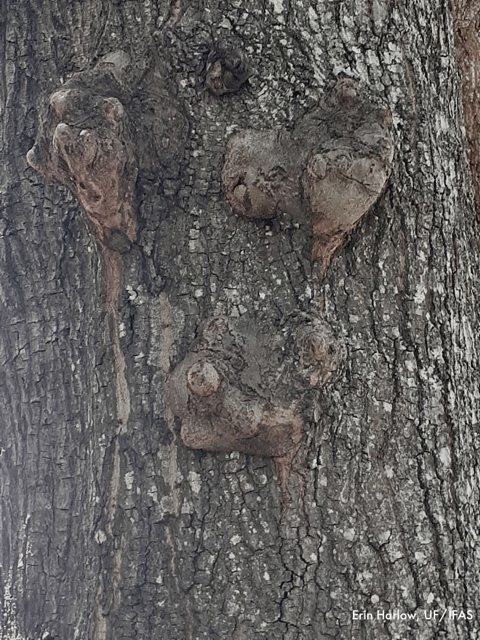Our mind controls our interactions with others and can influence our interactions in a positive or negative direction. The positive and negative influence others and how they feel or interact as a result of this. When trying to understand our connection to others and how this effects those connections, we have to consider several things.
Negativity Bias



First of all, we have to understand that we are conditioned to recognize patterns. This can be a great thing with, for example, your survival: If you see sticks everywhere in a forest and you think you are seeing snakes, well, that of course increases your chances of survival. You’re more careful in walking and it makes you more likely to see actual snakes. We are descendants of humans who had this bias. The ones that did not have it, of course, did not survive. What do you see when you look at these photos? Many people say faces, monsters, and animals. Here, we have been discussing negativity bias. When we think about survival, it is great, but it can condition your brain to overemphasize the negative aspects in our life.
We are like trees, yes, trees
Yes, its true, if people were compared with trees in a  forest, we would seem very similar. On the outside, we are all separate, individual, tall, short, new, old. However, underneath it all, we are very much like the trees’ roots. We cross each other’s paths, intertwine, and reach out to have an intricate connection much like those roots underground. Our thoughts, actions, and words are those things that touch, connect with, support, and affect others around us. When we can have kind, loving, positive thoughts, actions, and statements, we are able to help impact those around us in a more positive way.
forest, we would seem very similar. On the outside, we are all separate, individual, tall, short, new, old. However, underneath it all, we are very much like the trees’ roots. We cross each other’s paths, intertwine, and reach out to have an intricate connection much like those roots underground. Our thoughts, actions, and words are those things that touch, connect with, support, and affect others around us. When we can have kind, loving, positive thoughts, actions, and statements, we are able to help impact those around us in a more positive way.
Velcro and Teflon

“Your brain is like Velcro for negative experiences, and like Teflon for positive ones.” Velcro of course is sticky and Teflon is the stuff that makes pans nonstick. Our goal is to answer the question, what can we do to make the positive stick rather than slide away? How can we incline our mind, brain and nervous system to the positive? The answer is that we need to soak up the positive in much the same way a sponge soaks up water. Soaking up simply means really savoring the positive – really being mindful of what goes well, what we are grateful for, the people we love. To help us “train up” this ability, we must be mindful.
By training our minds to see the positive in situations responding more positively, we are able to project positive to others. It enables us to have healthier relationships and help others to be more positive as well. Right now, everyone is fearful of a contagious virus. So, let us be the start of a contagious happy.
According to Webster’s Dictionary, the definition of contagious is “transmissible by direct or indirect contact with an infected person.” However, it is also defined as “exciting similar emotions or conduct in others.”
Social scientists have found that happiness does not occur in only a single individual. It spreads to the groups that those individuals are a part of, rippling through social networks, and giving rise to happy individuals everywhere. We are all deeply connected to people around around us. If we practice mindfulness, staying positive becomes easy because we will know that our work has impacts far beyond ourselves.
To download a printable version of this, click here: Understanding our Connection to Others.
 0
0
